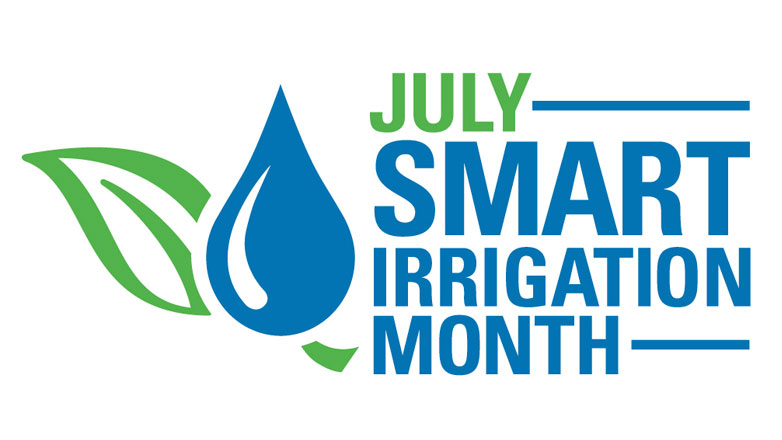Take Advantage of Smart Irrigation Month
Jul 1st 2015
DripWorks is synonymous with smart irrigation and July is Smart Irrigation Month, typically the peak for water demand and the perfect time for the irrigation industry to promote efficient water use. I’m reasonably sure that any of you who receive this blog are already on board, having installed (or considering installing) drip irrigation on your property. But if you’re interested in saving money on your utility bill and protecting community water supplies, then read on.
Many cities and towns in the U.S. are backing this public awareness campaign by offering its residents rebates if they help to save water by purchasing smart controllers, paying to remove their lawns, or offering other incentives to take advantage of efficient irrigation system upgrades.
Smart irrigation has taken hold in the central valley of California as farmers are finding technological answers to its perpetual water problems. Silicon Valley has entered the scene with cloud based data crunching, aerial imaging, app-based decision making, and a world of wireless sensors. Getting more out of every irrigation drop could save enough water to supply from 1 to 4 million homes annually. Micro sprinklers and drip irrigation now account for 38% of all farmed acres. Growers are recognizing the opportunity to save water and the energy to move it.
Most California water districts provide drought related updates and water conservation tips. Some, like the Las Virgenes Municipal Water District uses their website (lvmwd.com) as a central hub of information for residents struggling to keep up with the latest mandatory restrictions. Their customers register on an interactive water consumption and alerting portal called AquaHawk so that they can view their consumption in real time. The system checks all 20,000 accounts daily and alerts staff and customers of any unusual water consumption.
Here are some smart things you can do:
- Plant a landscape predominately comprised of low water usage native plants. Googling the term “xeriscape” will give you plenty of ideas to incorporate in your yard.
- Group your plantings into zones, always remembering to create separate groupings for plants that have high, medium, or low water requirements.
- Lawns and landscapes account for about 30% of a household’s water usage and are typically over watered by 30%. Search for plants that will thrive in your area instead of a lawn.
- Watering at the wrong time of day also wastes water to evaporation. Water early or late and avoid watering between 10 am and 6 pm.
- Inspect your drip irrigation system regularly for over spray, leaks, broken parts, and areas of under watering.
- Minimize evaporation by covering all bare ground between plantings and rows with a few inches of mulch.
- Check your timers once a month to adjust the length of time and/or frequency of watering. Experiment with less frequent watering for a longer duration.
- You might want to switch to an electric (AC) or battery (DC) timer that has a rain sensor port which can suspend the timer’s program when rain is imminent.

